Aesthetic Medicine
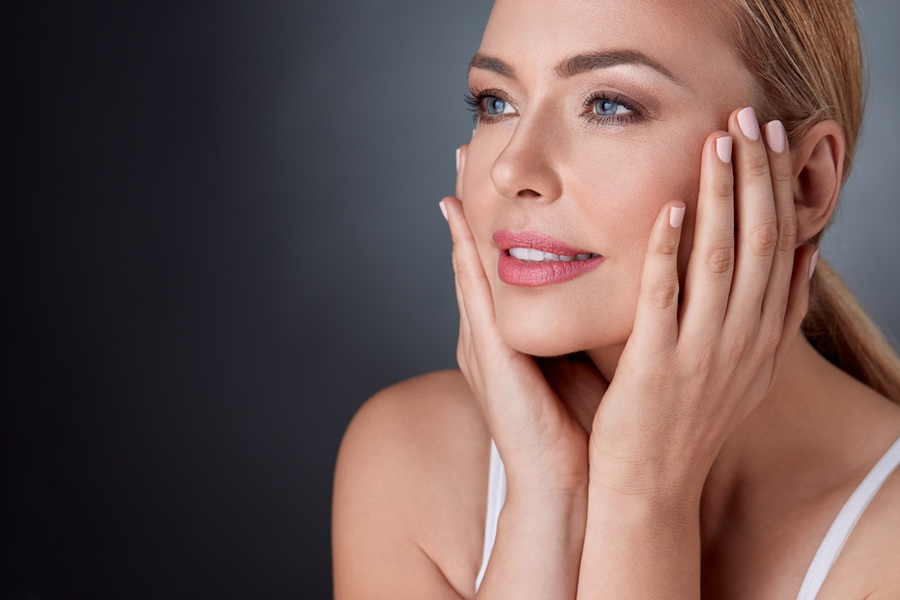
Aesthetic Medicine in a Nutshell
We believe that looking good and feeling good ultimately result in overall wellness and health. We encourage our community to share with their families and friends the positive energy that personal rejuvenation brings into being.
We also Specialize in Ethnic Aesthetic Skin Care
For all medical and traditional aesthetic services, Rani MD has taken into consideration the special needs and challenges of the diverse ethnic groups residing in the Bay Area. Our clinical and support staff possess extensive experience in treating a wide range of ethnic skin types.
Why Choose Us?
• State-of-the-art techniques
• Credit cards accepted
• Physician Owned and Operated
What our Customers Say About Us
Products / Services
Optimas Laser Treatments
Acne Scar Reduction
Anti-Wrinkle Fillers
Botox
Laser Hair Removal
Melasma Treatment
Non-Surgical Facelift
PRP for Face/Neck
Skin Rejuvenation
Skin Tightening
Xeomin
Read our Recent Articles
Microneedling with RF for Acne Scars in the Bay Area: A Breakthrough in Skin Rejuvenation
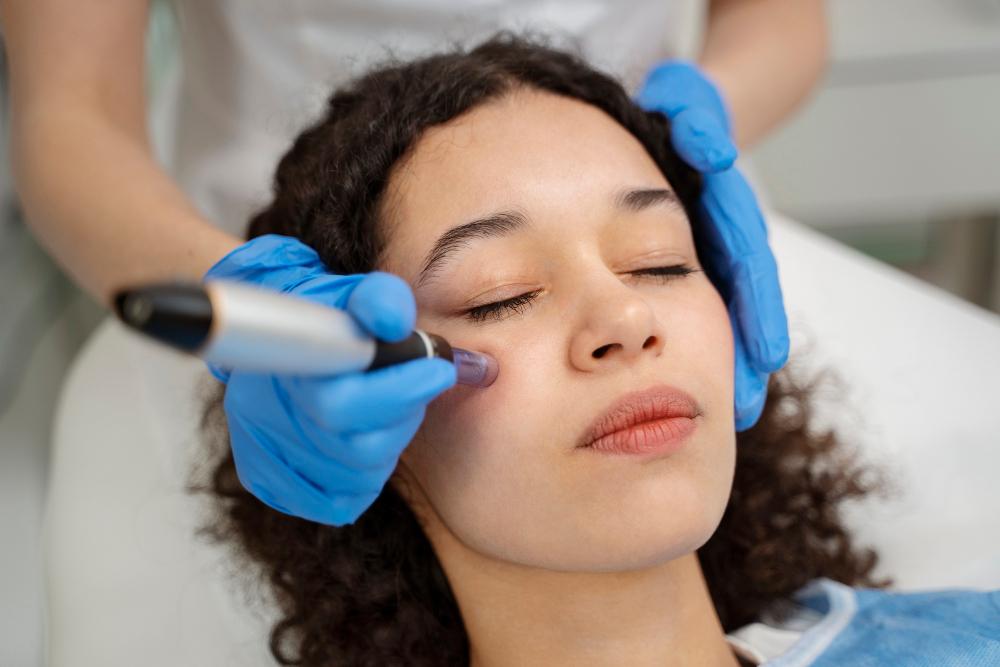
Acne scars can be persistent reminders of past breakouts, often affecting one’s confidence long after the acne has cleared.
Skincare Trends for 2025 - What’s Hot in Aesthetic Dermatology
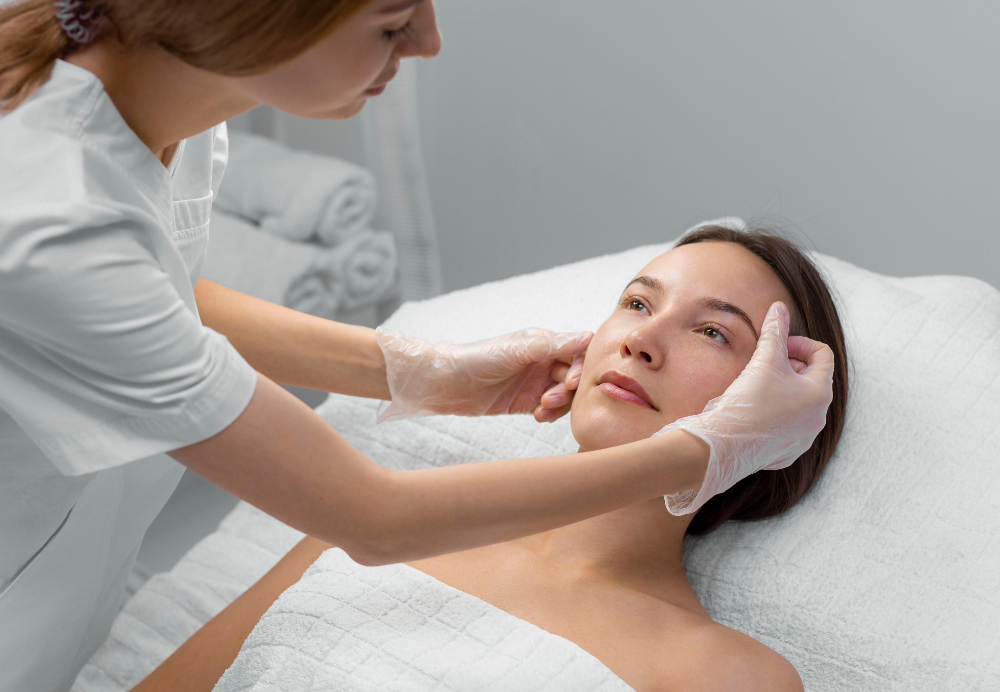
As we look ahead to 2025, the field of aesthetics continues to evolve, with innovative treatments taking center stage. The focus is increasingly shifting towards personalized, minimally invasive procedures that deliver natural-looking results. Here are the top skincare trends set to dominate in the coming year.
Body Contouring with Morpheus8: Sculpting More Than Just Your Face
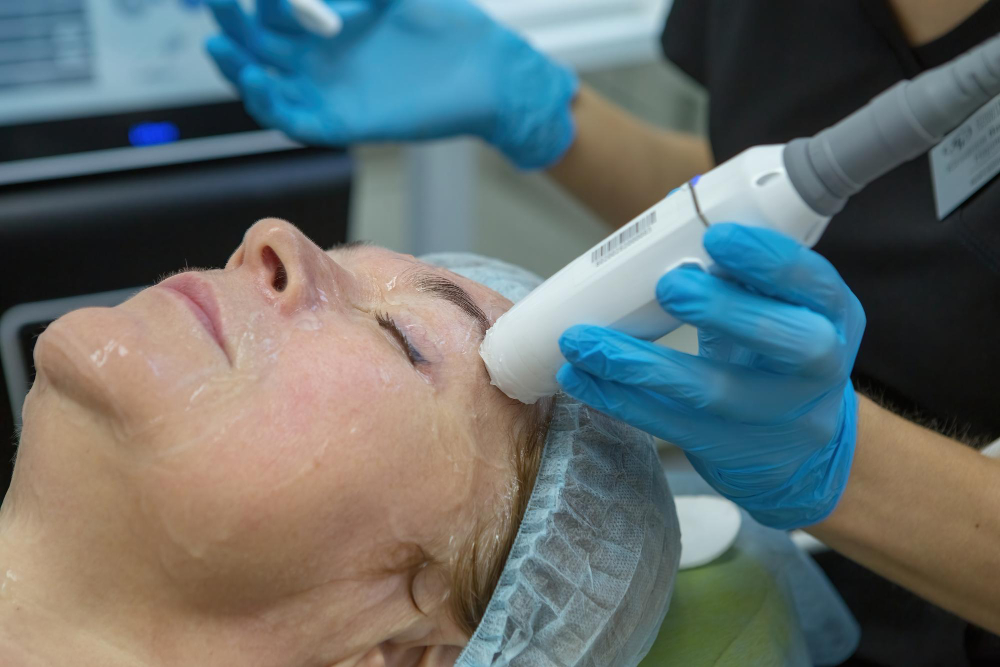
Morpheus8 combines microneedling with radiofrequency (RF) energy to create tiny micro-injuries under the skin, triggering the body’s natural healing response and boosting collagen and elastin levels. This process helps improve skin texture, tone, and elasticity, making it an ideal choice for anyone looking to firm and tighten their skin.
Rejuvenate Skin and Look Young with Morpheus8 for Fine Lines and Wrinkles
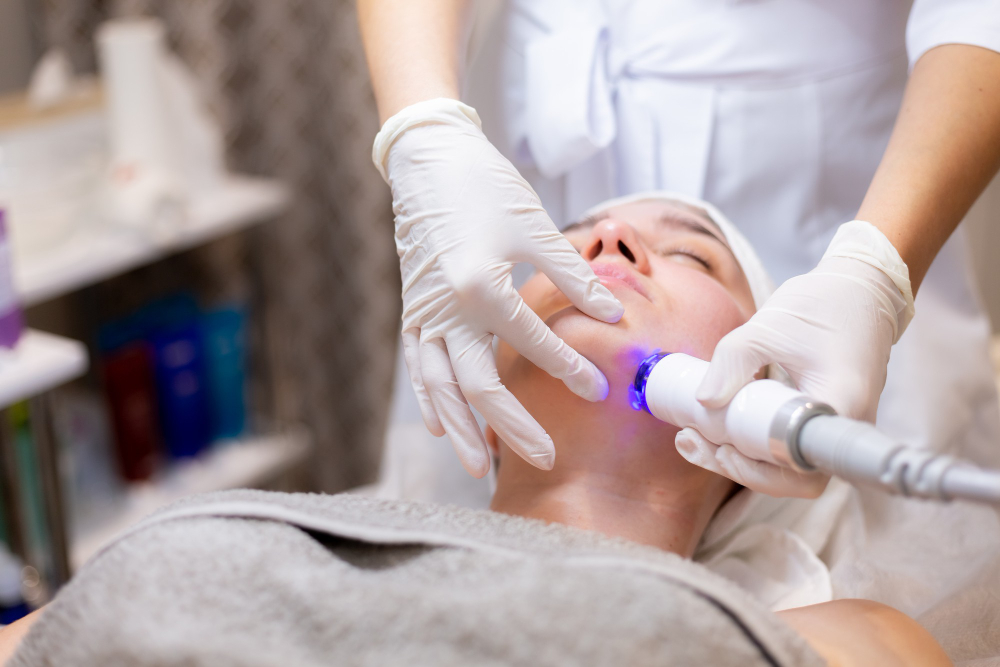
Skin sags and wrinkles over time due to decreased collagen and elastin production, loss of moisture, and thinning of the dermis, along with external factors like sun exposure and gravity. Advancements in aesthetic treatments, like Morpheus8, offer effective solutions to restore youthful skin without invasive surgeries.
Frequently Asked Questions about our Products / Services
What is the best skin rejuvenation treatment?
There is no single answer to this question. Skin types and the way they need to care for vary. So do the various skin problems that may occur and the inevitable signs of aging that first appear on the skin. If you want to keep your skin looking rejuvenated and fresh, you will need to have the treatments that are right for you.
Only a qualified aesthetic medicine specialist will be able to examine you to determine what treatments are best for your specific needs. If this doctor has a skincare and rejuvenation clinic that offers state-of-the-art skin and rejuvenation treatments, that will be the answer to your skin and rejuvenation issues.
Does Botox for migraines work immediately?
No, it is not like taking an Aspirin. Botox treatment for migraine headaches has been approved by the FDA as a course of treatment to help those suffering from a chronic condition of recurring attacks. The Botox is injected painlessly in specific spots on the face and neck and over 12 weeks. There is no discomfort from the injections so there is no downtime to worry about. Patients like me who chose this treatment have found that the reduction in pain and the frequency of attacks has made our lives much better. Contact a doctor specializing in Botox treatments for more information.
Where do they inject Botox for migraines?
The typical Botox treatment for migraine headaches consists of 31 injections. The Botox is injected in the shallow muscle, just below the skin surface in 7 different locations on the head and neck. The course of 31 injections is done over 12 weeks. The course is to be repeated every 12 weeks. The injections are painless with no discomfort and no downtime. When I needed Botox treatment in San Jose, I went to the leading specialist in the region, Dr. Rani Ramachandran.
How can I tighten the skin of my face?
There are various non-surgical skin tightening treatments available. A woman’s skin type, age, and the effects of climate and environment on the skin will determine the specifics of the treatments for skin tightening that she may require. Your appearance is not something you should take chances with and DIY methods often do more harm than good. The right thing to do is to contact a doctor specializing in aesthetic medicine and arrange for a consultation after which a skin tightening treatment plan can be created.
Does laser therapy make skin thin or not?
Lasers are used for several cosmetic procedures including scar reduction, tattoo removal, skin tightening, and pigmentation control. The early laser did have some side effects such as heating the skin, discomfort, etc. Today’s modern lasers do not cause these problems and as long as a treatment is medically supervised by a doctor with expertise in aesthetic medicine, there is no risk of thin skin or other side effects.
What is the best non-surgical facial rejuvenation treatment?
As a doctor specializing in aesthetic medicine with many years of medical experience behind me, I understand the importance of facial rejuvenation in improving the quality of a woman’s life. Of all the treatments available, my experience shows that the use of Botox is one of the best options in terms of effectiveness, producing quick results, and of safety. Botox technology has come a long way in the last few years and the at my clinic we use it to treat worry lines on the forehead, laugh lines and crow’s feet, among other conditions. It is safe, proven and most effective.
Are Botox injections expensive?
Quality does not come cheap and when it comes to your appearance, quality is one place you do not want to compromise. The idea of Botox treatments is to reduce worry lines on the forehead, laugh lines around the mouth and crow’s feet, among other conditions that affect your appearance. That being said, Botox is actually less expensive than many people think. And when you add in the speed that results appear and the zero downtime, both of which are valuable positives, the treatment is actually very reasonable in terms of cost. I am a doctor specializing in aesthetic medicine and the Botox page on my website will give you more information on this matter.
What is the best skin tightening treatment?
Loose, sagging skin and wrinkles occur with age and the changes in the skin tone and texture are normal. That does not mean that nothing can be done to reverse these problems. The best way to deal with these issues is by skin tightening. There are many procedures available but the new Optimas laser and radiofrequency devices are at the cutting edge of skin tightening. My name is Dr. Rani Ramachandran and I specialize in aesthetic medicine. I offer these and other treatments options at my skincare clinic. The first step will be to examine you to ascertain which treatment will be right for you.
Can Morpheus8 be used under eyes?
Morpheus 8 is a very effective way of reducing bags under the eyes, and removing dark circles. It also helps in toning and tightening the skin around the eyes to give them a more youthful look. As a specialist in aesthetic medicine, I always perform a detailed examination of patients so that I can give various treatment options to them, explain the benefits of each one and then work with them to find the one that is right for their specific needs. Visit my clinic website to learn more.
What is the best treatment of melasma?
The best treatment of melasma is a combination of topical therapies and procedures including lasers, chemical peels, and intense pulsed light (IPL).
Procedures such as lasers, chemical peels, and IPL use light or chemicals to remove the top layer of skin. This layer of skin contains the darkened pigment that is seen in melasma.
Does Morpheus work for skin tightening?
Morpheus is an FDA-cleared and clinically proven device that uses RadioFrequency (RF) technology to tightening skin.
Morpheus has been used in Europe and Asia for years, and is now available in the United States.
Morpheus uses a monopolar tip to deliver RF energy deep into the skin to create a homogeneous heating effect at the ideal depth for effective skin tightening.
The heat generated by Morpheus results in production of new collagen, which leads to tightened, lifted skin over time.
Clinical studies have shown that Morpheus is effective for skin tightening on all body areas, including the face, neck, arms, stomach, and thighs.
What age should you get Morpheus?
Morpheus injections are not typically recommended for people under the age of 30. Younger patients may not yet have developed all the signs of aging that warrant treatment, and some doctors believe that younger patients may be more susceptible to potential side effects.
That being said, there is no one "right" answer to this question - each individual's situation should be evaluated on a case-by-case basis. Some doctors may recommend Morpheus injections for younger patients if they display significant signs of aging, while others may opt to wait until the patient is older. Ultimately, it's up to the doctor and the patient to decide when Morpheus is the right treatment option.
what is morpheus skin tightening?
Morpheus is a trademarked name for a type of radiofrequency (RF) device used for skin tightening. It is also sometimes called monopolar RF, bipolar RF, or Qu Radiofrequency (RF) technology uses electromagnetic energy to produce heat within the tissue. This heat can cause collagen fibers in the skin to shrink and contract. The result is a temporary "tightening" of the skin that may last for several months.
Is Morpheus8 good for skin tightening?
Morpheus8 is an excellent choice for skin tightening.
Morpheus8 is a fractional laser that uses precision micro-beams to deliver thermal energy to the skin, stimulating collagen production. The result is tighter, smoother skin with fewer wrinkles and age spots. Morpheus8 can be used on the face, neck, chest, and hands.
What's mesotherapy treatment?
Mesotherapy is a medical beauty treatment that uses injections of drugs, vitamins, minerals, or homeopathic remedies to the skin and tissues. It is claimed that doing this it helps with conditions such as cellulite, excess weight/fat, hair loss, and aging skin.
There is little scientific evidence to support these claims. Mesotherapy has not been found to be effective in treating cellulite and there is no good quality evidence that it is an effective treatment for hair loss or aging skin. Some adverse effects have been reported with mesotherapy including pain, bruising, and infection.
What is Radiesse filler used for?
Radiesse is a dermal filler that is made of calcium-based microspheres suspended in a water-based gel. It is used to add volume to the skin and reduce the appearance of wrinkles and fine lines. It is commonly used to correct age-related volume loss in the cheeks, jawline, and chin, as well as to treat wrinkles around the nose and mouth. Radiesse can also be used to augment the back of the hands, and to correct wrinkles on the décolletage area. The effects of the filler can last up to a year or more. It's important to consult with a qualified medical professional to determine if Radiesse is the right treatment for you and your specific needs.
How to contour jawline?
Contouring the jawline is a popular makeup technique that can help define and enhance facial features. To contour the jawline, you will need a contouring product, such as a powder or cream, in a shade that is slightly darker than your natural skin tone.
Start by applying the contour product along the jawline, blending it downwards and upwards to create a subtle shadow. Be sure to blend well for a natural-looking effect.
To enhance the effect, you can also apply a highlighter product along the top of the jawline to create contrast and definition. Finish with a setting powder to help the contour and highlight products last throughout the day.
What are the 5 basic of skin care?
Skin care in San Jose, like everywhere else, begins with five basic steps. These include cleansing, toning, moisturizing, exfoliating, and using sunscreen. Cleansing involves removing dirt, oil, and makeup from the skin, while toning helps to restore the skin's pH balance. Moisturizing is essential to keep the skin hydrated and prevent dryness, while exfoliating helps to remove dead skin cells and promote cell turnover. Finally, using sunscreen protects the skin from harmful UV rays that can cause premature aging and skin damage. By following these five basic steps, anyone can maintain healthy, glowing skin in San Jose, regardless of skin type.
How long does it take to see results from mesotherapy?
The time it takes to see results from mesotherapy can vary depending on several factors, including the individual's specific condition and the treatment area. Generally, patients may start noticing improvements within a few weeks to a couple of months after mesotherapy sessions. However, it's important to note that multiple sessions are usually required for optimal results. Mesotherapy involves injecting a customized cocktail of vitamins, minerals, and other substances into the skin, aiming to improve various concerns like skin rejuvenation, hair loss, or cellulite reduction. The gradual nature of the treatment allows for progressive improvements over time. To get a better understanding of the expected timeline and to determine if mesotherapy is suitable for your specific needs, it is advisable to consult with a qualified healthcare professional or dermatologist.
How is mesotherapy performed?
Mesotherapy is a minimally invasive cosmetic procedure that involves injecting a mixture of medications, vitamins, enzymes, plant extracts, or other substances into the middle layer of the skin (mesoderm). The procedure is typically performed as follows:
1. Consultation: A consultation with a trained medical professional, such as a dermatologist or cosmetic surgeon, is conducted to assess the patient's concerns, medical history, and suitability for mesotherapy.
2. Preparation: The treatment area is cleaned and sometimes numbed with a local anesthetic to minimize discomfort during the procedure.
3. Injection: Using a fine-gauge needle or a specialized mesotherapy gun, the provider administers multiple small injections into the targeted area. The needle depth may vary depending on the specific concerns being addressed.
4. Injection Technique: The injections are typically delivered in a grid pattern or as tiny droplets, spreading the medication or solution evenly across the treatment area.
5. Customized Formulation: The injected solution is often customized based on the patient's specific needs and desired outcomes. The substances used can vary and may include vitamins, minerals, hyaluronic acid, peptides, or other ingredients intended to address specific skin concerns.
6. Multiple Sessions: Mesotherapy is often performed in a series of sessions, typically spaced several weeks apart. The exact number of sessions will depend on the individual's goals, the condition being treated, and the provider's recommendations.
7. Post-Treatment Care: After the procedure, the treated area may be massaged to help distribute the injected substances evenly. The provider may provide instructions for post-treatment care, including avoiding excessive sun exposure and following a recommended skincare routine.
Mesotherapy is commonly used for facial rejuvenation, skin tightening, cellulite reduction, and hair restoration. The specific technique and substances used may vary based on the intended purpose and the expertise of the medical professional performing the procedure.
It's important to consult with a qualified and experienced provider to ensure a safe and effective mesotherapy treatment tailored to your specific needs.
What is platelet rich plasma PRP and how does it work on wrinkles and acne scars?
Platelet-rich plasma (PRP) is a treatment that utilizes a concentrated form of the patient's own blood platelets to promote tissue regeneration and healing. Here's how it works on wrinkles and acne scars:
1. Preparation: A small amount of the patient's blood is drawn and centrifuged to separate the plasma, which contains a high concentration of platelets, from other blood components.
2. Activation: The PRP is activated to release growth factors, which are proteins that play a crucial role in tissue repair and cell growth.
3. Application: The activated PRP is then applied topically or injected into the target area, such as wrinkles or acne scars.
For Wrinkles:
The growth factors in PRP stimulate collagen production and cellular turnover in the skin.
This leads to improved skin elasticity and reduced appearance of fine lines and wrinkles.
The treatment can help achieve a more youthful and smoother skin texture.
For Acne Scars:
PRP's growth factors promote tissue repair and regeneration, aiding in the healing of damaged skin.
The increased collagen production can fill in depressed acne scars, reducing their visibility.
PRP can also improve overall skin texture and tone, enhancing the appearance of the treated area.
PRP therapy is considered safe, as it utilizes the patient's own blood, reducing the risk of allergic reactions or adverse side effects. However, the effectiveness of PRP on wrinkles and acne scars may vary from person to person, and multiple treatment sessions may be needed for optimal results. It is essential to consult with a qualified dermatologist or cosmetic professional to determine if PRP therapy is suitable for an individual's specific skin concerns.
What is PRP (Platelet-Rich Plasma) treatment for the face, and how does it work?
PRP for Face is a cosmetic procedure where Platelet-Rich Plasma, derived from the patient's blood, is applied to rejuvenate the skin. Blood is drawn and spun to concentrate platelets rich in growth factors. These platelets are then injected into targeted areas, promoting collagen and elastin production, improving skin texture, and reducing wrinkles. PRP's growth factors stimulate cell renewal and repair. The treatment's natural approach makes it popular for addressing fine lines, scars, and uneven skin tone. As a result, PRP for Face harnesses the body's regenerative abilities to achieve fresher, younger-looking skin with minimal risks or downtime.
What are the different methods and technologies used for skin rejuvenation, such as laser therapy, chemical peels, and microneedling?
Skin rejuvenation encompasses various methods and technologies aimed at improving skin texture, tone, and appearance. Some popular techniques include laser therapy, chemical peels, and microneedling.
1. Laser Therapy: Laser treatments use focused light energy to target specific skin issues. Fractional laser resurfacing, for example, addresses wrinkles, scars, and uneven pigmentation by stimulating collagen production and removing damaged skin layers. It's effective but may require downtime.
2. Chemical Peels: Chemical peels involve applying a chemical solution to the skin to exfoliate and remove damaged outer layers. Superficial peels are used for mild issues, while deeper peels can address more severe concerns. Peels improve skin texture, reduce fine lines, and even out skin tone.
3. Microneedling: Microneedling uses tiny needles to create micro-injuries in the skin, stimulating collagen and elastin production. This reduces wrinkles, scars, and stretch marks. Morpheus8, a combination of microneedling and radiofrequency energy, offers enhanced skin tightening and rejuvenation results.
Skin rejuvenation with Morpheus8 is particularly effective because it combines microneedling's collagen-stimulating benefits with radiofrequency's skin-tightening properties, addressing multiple skin concerns simultaneously. The technology's precision and versatility make it a popular choice for non-surgical facial rejuvenation. Consultation with a dermatologist or skincare specialist can help determine the best approach based on individual skin goals and concerns.
What types of acne scars are most suitable for Morpheus8 treatment, and are there limitations in its effectiveness?
Morpheus8 for acne scars is most suitable for atrophic scars, such as icepick and boxcar scars, as it stimulates collagen production to improve skin texture. However, it may have limitations in treating raised, hypertrophic scars and keloids. Individual results vary, and the effectiveness of Morpheus8 can depend on the severity and type of acne scars.
What are the common reasons individuals seek skin tightening procedures, and what areas of the body are typically targeted?
Individuals seek skin tightening procedures primarily to address sagging or lax skin caused by aging, weight loss, or pregnancy. Common reasons include restoring firmness and elasticity, reducing wrinkles, and enhancing overall skin appearance and texture. Skin tightening is often pursued for areas prone to laxity, such as the face, neck, abdomen, arms, thighs, and buttocks.
Facial skin tightening targets wrinkles, fine lines, and loose skin around the eyes, cheeks, and jawline. Neck and jowl tightening aims to address sagging skin and redefine the jawline. Abdominal skin tightening helps after weight loss or pregnancy to firm the stomach area. Arm and thigh skin tightening targets sagging or excess skin due to aging or weight loss. Body-contouring procedures focus on tightening loose skin on the buttocks and thighs after significant weight loss.
Ultimately, individuals seek these procedures to improve confidence, restore youthful appearance, and achieve a more contoured and toned body.
Can pigmentation removal treatments be used on all skin types and tones?
Pigmentation removal treatments can be used on various skin types and tones, but some treatments might carry a higher risk of causing discoloration or hyperpigmentation in individuals with darker skin tones. Consultation with a dermatologist or skincare professional is crucial to selecting safe and suitable treatments tailored to specific skin types and conditions, minimizing potential risks. Certain treatments, such as lasers or chemical peels, might require adjustments in settings or formulations to ensure safety and effectiveness across diverse skin tones.
What are the key factors to consider when choosing a skin care professional in San Jose?
When seeking a skin care professional in San Jose, several key factors should be considered to ensure a positive and effective experience. Firstly, credentials and qualifications are paramount – look for licensed estheticians or dermatologists with a solid educational background and relevant certifications. Reviews and testimonials from previous clients can provide insights into the professional's reputation and the quality of their services.
Personalized consultations are crucial; a skilled skin care professional in San Jose should assess your skin type, listen to concerns, and tailor treatments accordingly. The range of services offered is also vital; whether it's facials, peels, or advanced treatments, versatility ensures a customized approach to address specific skincare needs. Additionally, the cleanliness and professionalism of the facility, as well as adherence to safety protocols, contribute to a positive experience. Always prioritize a skin care professional in San Jose who prioritizes ongoing education, staying abreast of the latest trends and technologies in skincare.
What are the key differences between Botox and Morpheus8 in terms of their mechanisms of action and applications?
Botox vs Morpheus8: Botox and Morpheus8 differ significantly in their mechanisms of action and applications within the cosmetic procedures realm. Botox, derived from botulinum toxin, temporarily blocks nerve signals to specific muscles, relaxing them and reducing dynamic wrinkles like crow's feet and frown lines. Morpheus8, employing radiofrequency microneedling technology, stimulates collagen production and remodels the skin's structure by delivering RF energy through microneedles. While Botox targets muscle contractions for temporary wrinkle reduction, Morpheus8 addresses broader concerns such as skin laxity and texture irregularities. Botox offers temporary results lasting months, while Morpheus8 provides longer-lasting improvements with results continuing to enhance over time.
What is aesthetic skin care?
Aesthetic skincare refers to a branch of dermatology focused on enhancing the appearance and health of the skin through non-invasive or minimally invasive treatments. This field encompasses a wide range of procedures and therapies designed to address various skin concerns, including aging, acne, pigmentation issues, and texture irregularities. Aesthetic skincare treatments often aim to improve skin tone, texture, and elasticity, resulting in a more youthful and radiant complexion. In San Jose, a hub for technological innovation and cosmetic advancements, aesthetic skincare practices thrive, offering state-of-the-art procedures such as laser therapy, chemical peels, microneedling, and injectables like Botox and dermal fillers. These treatments are tailored to individual needs and goals, providing personalized solutions for patients seeking to rejuvenate and maintain their skin's health and beauty. Aesthetic skincare in San Jose combines advanced medical expertise with a commitment to enhancing confidence and well-being through innovative dermatological techniques.
Are there any factors that might affect the effectiveness of laser hair removal treatment?
Several factors can influence the effectiveness of Laser Hair Removal Treatment. Skin type, hair color, and hair thickness play crucial roles. The treatment works best on individuals with fair skin and dark, coarse hair due to the higher contrast, making it easier for the laser to target the hair follicles. Additionally, hormonal imbalances, such as those caused by pregnancy or certain medications, can affect hair growth and response to treatment. Moreover, adherence to the recommended treatment schedule and avoiding sun exposure before and after sessions are essential for optimal results. Furthermore, underlying medical conditions such as polycystic ovary syndrome (PCOS) may impact the treatment's effectiveness. Consulting with a qualified practitioner can help assess individual factors and determine the suitability and expected outcomes of Laser Hair Removal Treatment.
How do chemical peels and laser treatments compare in terms of effectiveness for treating hyperpigmentation?
When considering how to treat hyperpigmentation, both chemical peels and laser treatments offer effective solutions, each with unique benefits and considerations. Chemical peels involve applying a solution to the skin that exfoliates the outer layers, promoting the growth of new, evenly pigmented skin. They are effective for treating superficial hyperpigmentation, such as melasma and sunspots, and can be tailored to various skin types and concerns. However, they may require multiple sessions and have a longer recovery time, with potential side effects like redness and peeling.
Laser treatments, on the other hand, use targeted light energy to break down pigment in the skin. They can penetrate deeper layers, making them suitable for more persistent or deeper hyperpigmentation issues. Lasers often provide quicker results compared to chemical peels and can be more precise in targeting specific areas. However, they are generally more expensive and can pose a higher risk of complications, especially in darker skin tones. Consulting with a dermatologist can help determine the best approach based on individual skin type and hyperpigmentation severity.
What are the common causes of hyperpigmentation?
Hyperpigmentation, characterized by darkened areas of the skin, is caused by an overproduction of melanin. Common causes include sun exposure, which triggers melanin production as a protective response against UV rays. Hormonal changes, such as those experienced during pregnancy or with the use of certain contraceptives, can lead to melasma, a type of hyperpigmentation. Inflammatory skin conditions, like acne, eczema, and psoriasis, can also result in post-inflammatory hyperpigmentation, where dark spots remain after the skin heals.
Skin care for hyperpigmentation focuses on both treatment and prevention. Ingredients like vitamin C, niacinamide, and hydroquinone are effective in lightening dark spots by inhibiting melanin production. Regular exfoliation with alpha hydroxy acids (AHAs) can help remove pigmented skin cells and promote even skin tone. To prevent hyperpigmentation, daily use of broad-spectrum sunscreen is crucial, as it protects the skin from UV-induced dark spots. Consistent application of these treatments and preventive measures can significantly improve the skin’s appearance and health.
How do I find an aesthetic provider who offers age-specific treatments?
Finding an aesthetic provider who offers age-specific treatments starts with thorough research. Begin by seeking recommendations from friends, family, or healthcare professionals. Online reviews and ratings on platforms like Google or RealSelf can also provide valuable insights into the reputation and patient satisfaction of local providers. Look for practitioners who emphasize personalized aesthetic plans by age in their services, as this indicates a tailored approach to treatment.
Next, visit the websites of potential providers to explore their services and expertise. Many clinics highlight their specialization in age-specific treatments, showcasing before-and-after photos of patients in different age groups. Additionally, consider scheduling consultations with a few providers to discuss your aesthetic goals. During these meetings, inquire about their experience with age-specific treatments and ask to see case studies or testimonials from patients similar to your age group. This due diligence ensures you choose a provider who understands and can effectively address your unique aesthetic needs.
What factors can affect the recovery time after an aesthetic procedure?
Recovery time for aesthetic procedures can be influenced by several factors, including the type and extent of the procedure, individual health, and post-treatment care. Procedures that are more invasive, such as surgical facelifts, generally have a longer recovery time compared to minimally invasive treatments like Botox or dermal fillers. The complexity of the procedure impacts the degree of tissue trauma and the body's healing response, affecting overall downtime.
Individual factors such as age, skin type, and overall health also play a significant role. Younger individuals with good skin elasticity and health may experience quicker recovery compared to older individuals or those with underlying health issues. Additionally, following post-treatment care instructions, such as avoiding strenuous activities and using prescribed skincare products, can aid in a faster and smoother recovery. Proper adherence to these guidelines helps minimize complications and supports the body’s natural healing process, ultimately influencing the length of recovery time for aesthetic procedures.
Are there any risks or side effects associated with long-term use of aesthetic medicine?
Yes, there are potential risks and side effects associated with the long-term use of aesthetic medicine, though they vary depending on the type of treatment. Non-invasive treatments like Botox and dermal fillers are generally considered safe, but repeated use over time can lead to muscle atrophy or an unnatural appearance if not administered carefully. In rare cases, patients may develop resistance to Botox, reducing its effectiveness.
For dermal fillers, long-term use may cause issues such as lumpiness, migration of the filler, or skin stretching. In some cases, allergic reactions or infections can occur if proper hygiene protocols are not followed.
Surgical aesthetic procedures, while offering longer-lasting results, also carry risks such as scarring, infection, or complications from anesthesia. For any aesthetic treatment, it's crucial to consult with a qualified professional and follow proper aftercare to minimize risks and ensure the long-term results of aesthetic medicine are safe and effective.
What are the benefits of PRP for hair restoration?
PRP for Hair Restoration offers several benefits, making it an increasingly popular choice for individuals experiencing hair loss. One of the primary advantages is that it utilizes the patient's own blood, which minimizes the risk of allergic reactions or complications. This autologous approach makes the treatment safe and well-tolerated.
Another significant benefit is its non-surgical nature. Unlike hair transplant procedures, PRP is a minimally invasive option that requires little downtime, allowing patients to resume their normal activities shortly after treatment. Many individuals can see noticeable improvements in hair density and thickness within a few months, with optimal results appearing around six months post-treatment.
Additionally, PRP promotes healthier hair growth by revitalizing dormant hair follicles and improving blood circulation in the scalp. This can lead to a more robust and vibrant head of hair. Overall, PRP for Hair Restoration provides a natural, effective solution for those seeking to combat hair thinning and loss.
What are the most effective skin tightening treatments?
The most effective skin tightening treatments vary depending on individual needs, skin type, and desired results. Among non-invasive options, radiofrequency (RF) treatments are popular for their ability to heat deeper skin layers, stimulating collagen and elastin production, which tightens and smooths the skin. Another highly effective option is ultrasound-based skin tightening treatments, such as Ultherapy, which delivers focused ultrasound energy to lift and tighten specific areas like the face and neck.
Laser skin tightening treatments, including fractional laser and CO2 laser, also provide excellent results by encouraging collagen regeneration. These methods improve skin texture and firmness while minimizing the appearance of fine lines. For more intensive results, microneedling combined with radiofrequency (RF microneedling) can achieve significant tightening by creating micro-injuries in the skin, prompting a healing response that increases elasticity. Ultimately, skin tightening treatments offer a range of solutions that are customizable, effective, and minimally invasive, making them suitable for various skin types and concerns.
What is Morpheus8 and how does it help with fine lines and wrinkles?
Morpheus8 is an advanced, non-invasive skin treatment that uses a combination of microneedling and radiofrequency energy to improve skin tone and texture. The procedure works by delivering controlled radiofrequency energy deep into the skin layers, stimulating collagen production and promoting tissue tightening. This results in smoother, firmer skin, which is effective for addressing fine lines, wrinkles, and sagging.
Morpheus8 for Fine Lines and Wrinkles is particularly beneficial for individuals looking to reduce signs of aging without undergoing surgery. The microneedling component creates tiny punctures in the skin, which enhances the absorption of radiofrequency energy, while the radiofrequency energy targets the deeper layers of skin to stimulate collagen and elastin production. Over time, this leads to visible improvements in skin elasticity, reducing the appearance of wrinkles and fine lines. The treatment is suitable for various skin types and requires minimal downtime, making it a popular choice for those seeking non-surgical rejuvenation.
Which is more effective for reducing wrinkles: Botox or Morpheus8?
When it comes to reducing wrinkles, both Botox and Morpheus8 offer effective treatments, but they work in different ways. Botox vs Morpheus8 comparison reveals that Botox is highly effective for dynamic wrinkles, those caused by muscle movement, such as crow's feet, forehead lines, and frown lines. It works by temporarily paralyzing the muscles responsible for these wrinkles, providing smooth, youthful skin for about 3 to 6 months.
On the other hand, Morpheus8 is ideal for deeper, more persistent wrinkles and sagging skin. By combining microneedling with radiofrequency energy, it targets the deeper layers of the skin, stimulating collagen production and tightening the skin over time. This makes Morpheus8 a more comprehensive treatment for overall skin rejuvenation, including wrinkles, fine lines, and skin texture.
While Botox is great for targeted, short-term wrinkle reduction, Morpheus8 offers more lasting results by improving the skin’s structure and firmness. Both treatments complement each other well.
What is the difference between laser and radiofrequency skin tightening?
Laser and radiofrequency (RF) skin tightening are both skin tightening treatments, but they work in different ways to improve skin firmness and elasticity.
Laser skin tightening uses focused light energy to heat the skin’s surface and deeper layers, stimulating collagen production. It is particularly effective for addressing fine lines, wrinkles, and uneven skin tone. Some laser treatments, like fractional laser resurfacing, also promote skin regeneration by removing damaged outer layers. However, laser procedures often require downtime and may not be suitable for all skin types, especially darker tones, due to the risk of pigmentation changes.
Radiofrequency skin tightening, on the other hand, uses electromagnetic waves to generate heat in deeper skin layers without affecting the surface. This treatment is gentler, with little to no downtime, making it ideal for gradual tightening and lifting. RF treatments like Thermage are suitable for all skin types and provide subtle, long-lasting results with repeated sessions.
At what age should you start preventative Botox?
Preventative Botox is typically recommended in your mid to late 20s or early 30s, when fine lines from facial expressions first begin to appear. Starting Preventative Botox for younger-looking skin at this stage can help delay deeper wrinkles, preserving a youthful look and maintaining smoother skin over time.
What is preventative Botox and how does it work?
Preventative Botox is a proactive approach to anti-aging that involves using Botox injections before deep wrinkles and fine lines become permanently etched into the skin. Instead of waiting for signs of aging to appear, individuals—often in their mid-20s to early 30s—opt for Botox to relax facial muscles that are prone to forming expression lines. By reducing muscle activity in areas like the forehead, around the eyes, and between the eyebrows, Botox prevents repetitive movements that lead to wrinkle development.
The goal of Preventative Botox for younger-looking skin is to delay the onset of visible aging, maintaining a smoother and more youthful appearance over time. Since the treatment reduces the intensity of muscle contractions, it also minimizes the skin’s creasing, which helps preserve skin texture and elasticity. When administered by a trained professional, Preventative Botox can be a safe and effective part of a long-term skincare and anti-aging routine.
How long do the effects of Botox and dermal fillers last?
The effects of Botox and dermal fillers don’t last forever, but they do provide temporary, noticeable improvements that many people find worthwhile. Botox typically lasts around 3 to 4 months, depending on the area treated, your metabolism, and how often you use the muscles involved. Over time, the treated muscles gradually regain movement, and lines may slowly reappear if not maintained.
Dermal fillers tend to last longer—anywhere from 6 months to over a year. This depends on the type of filler used, where it’s injected, and how your body processes it. Some fillers designed for deeper facial areas, like the cheeks or jawline, can even last up to 18 months.
Many people who’ve experienced the best Botox and dermal fillers in San Jose appreciate how combining the two treatments offers longer-lasting and more natural-looking results. Regular maintenance sessions help prolong the effects and keep your look consistently refreshed.
Our Latest Offers/Specials

New Membership Offer! Unlock radiant skin and lasting beauty for just $500/month!
New Membership Offer! Unlock radiant skin and lasting beauty for just $500/month! Membership Benefits: Choose 3 treatments per month from any combination of: ✔ Small or medium-sized Laser Hair Removal (LHR) ✔ Lumecca ✔ Revlite ✔ Facial Laser Treatments The ultimate flexibility to customize your skincare and hair removal needs! Join today and start your journey to a flawless you. Call us at 408-761-5953 / 408-294-2399 to become a member now!
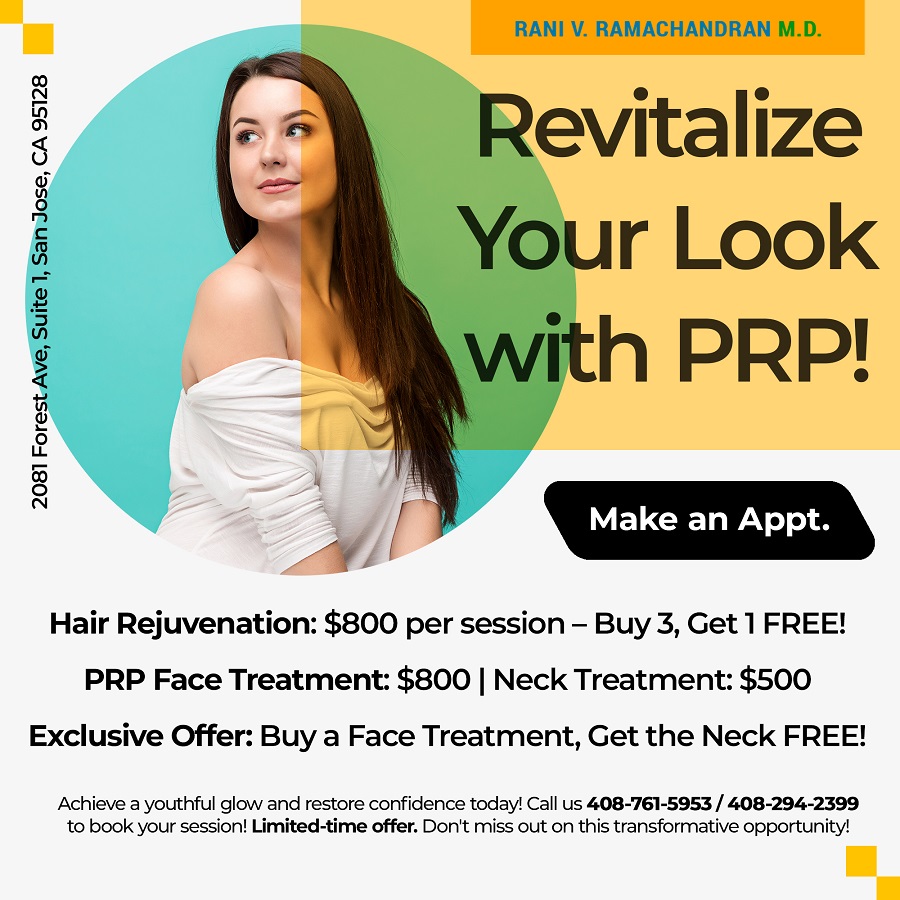
Revitalize Your Look with PRP!
Revitalize Your Look with PRP! Hair Rejuvenation: $800 per session – Buy 3, Get 1 FREE! PRP Face Treatment: $800 | Neck Treatment: $500 Exclusive Offer: Buy a Face Treatment, Get the Neck FREE! Achieve a youthful glow and restore confidence today! Call us now to book your session! Limited-time offer. Don't miss out on this transformative opportunity!
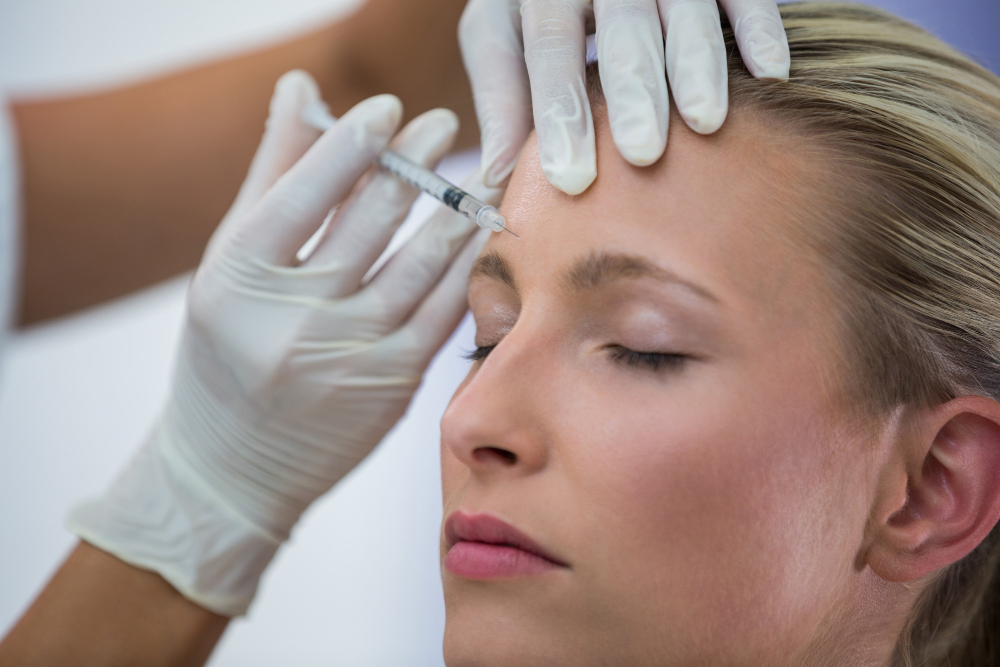
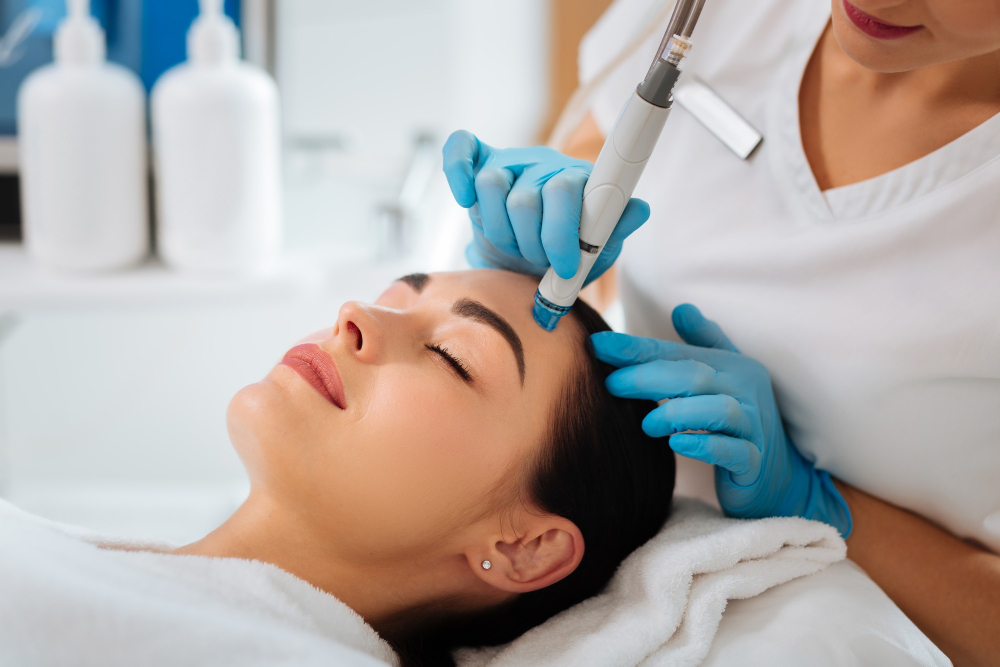
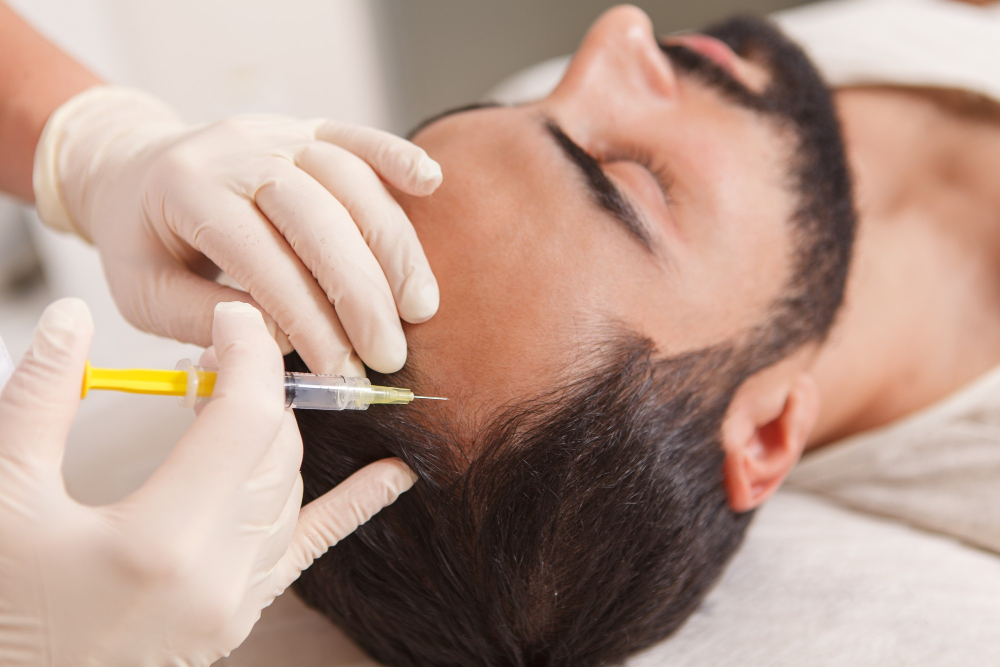
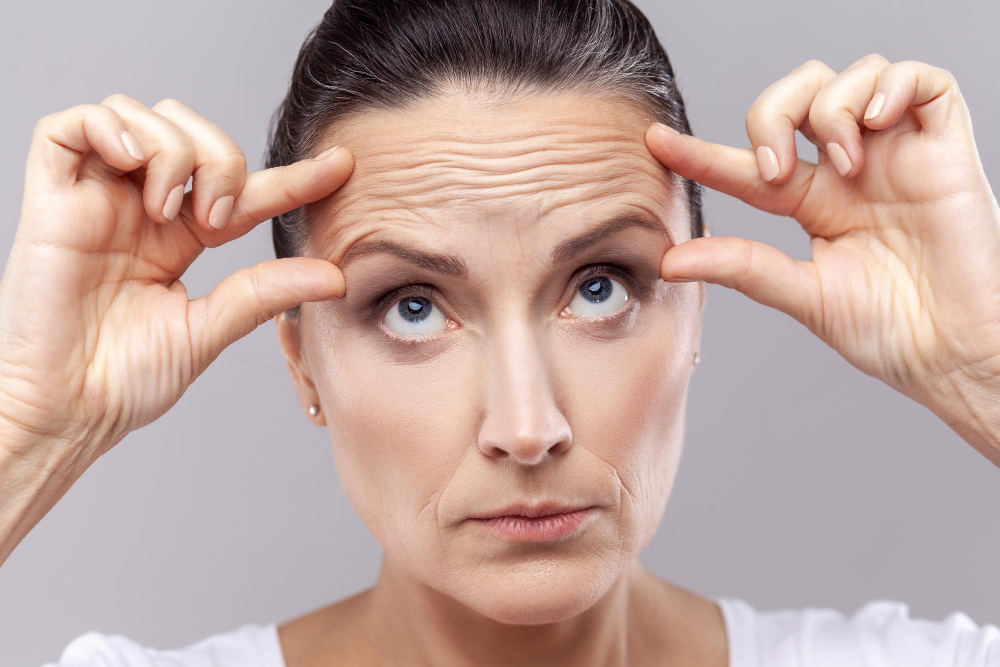
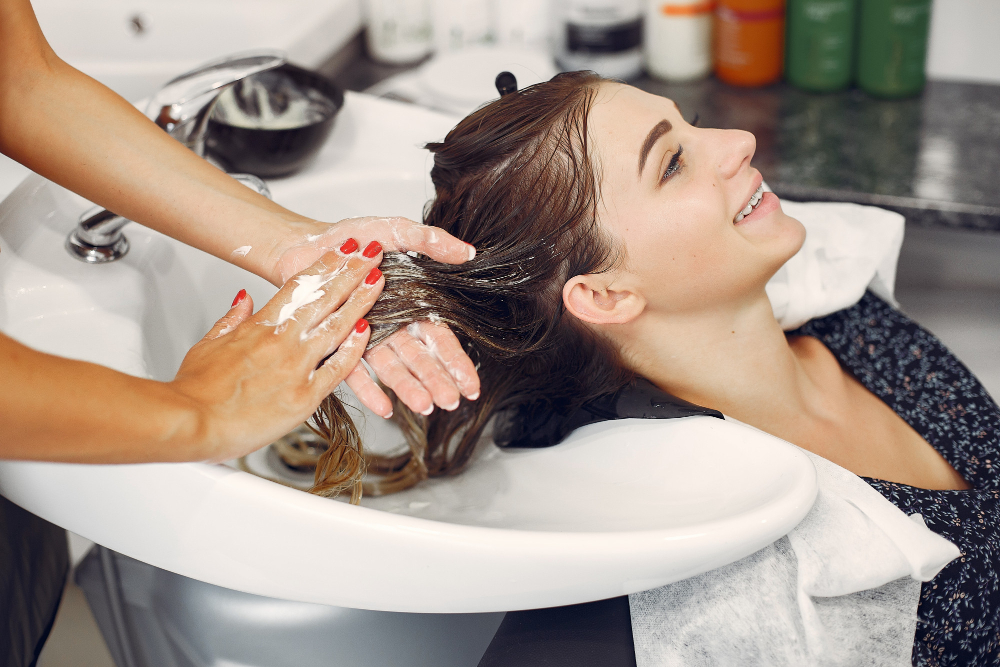
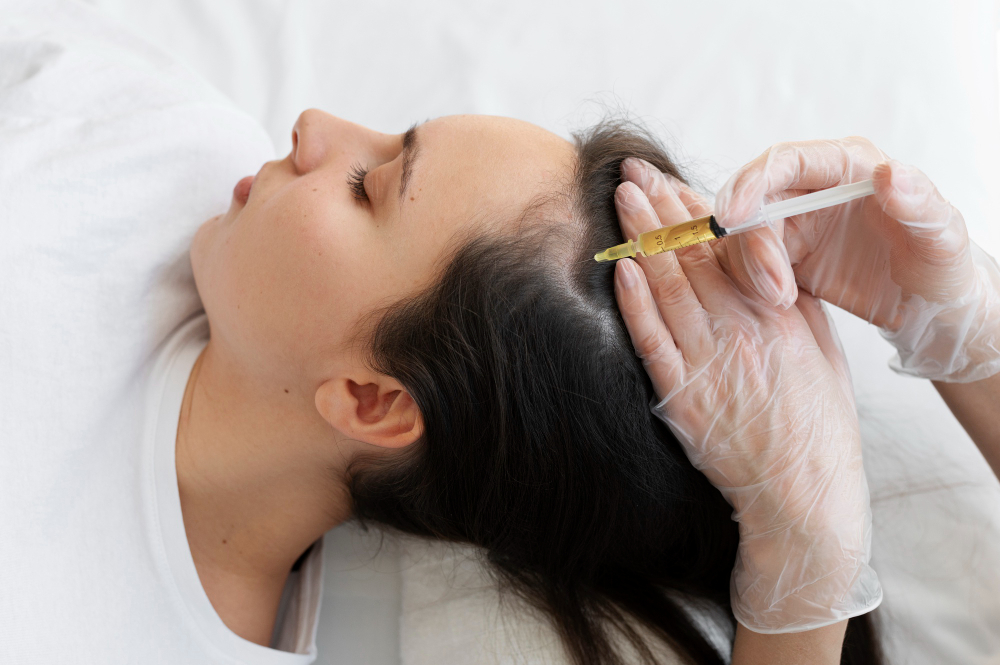
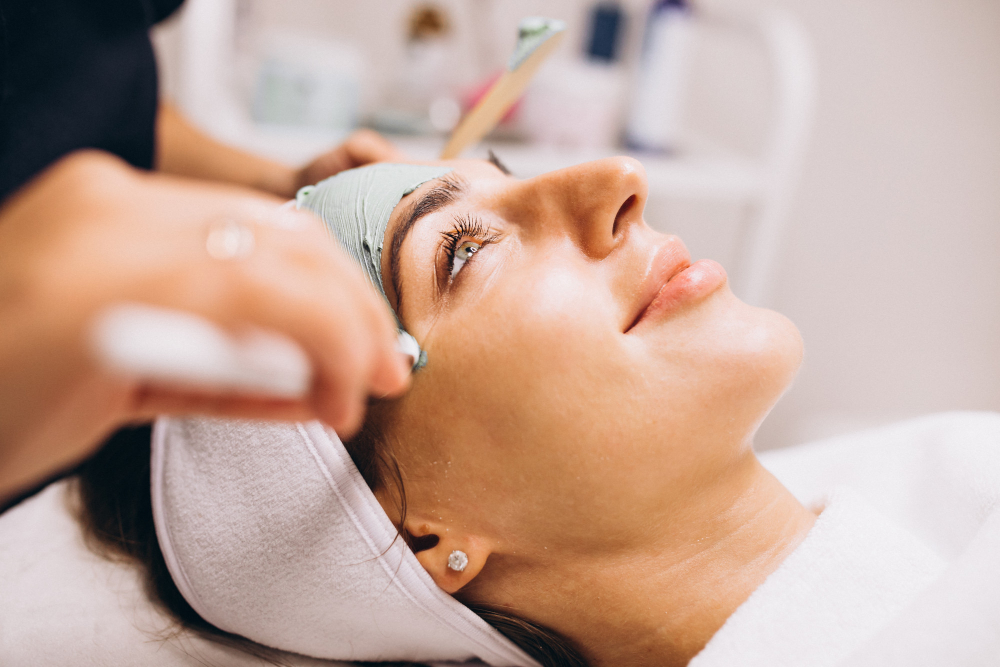
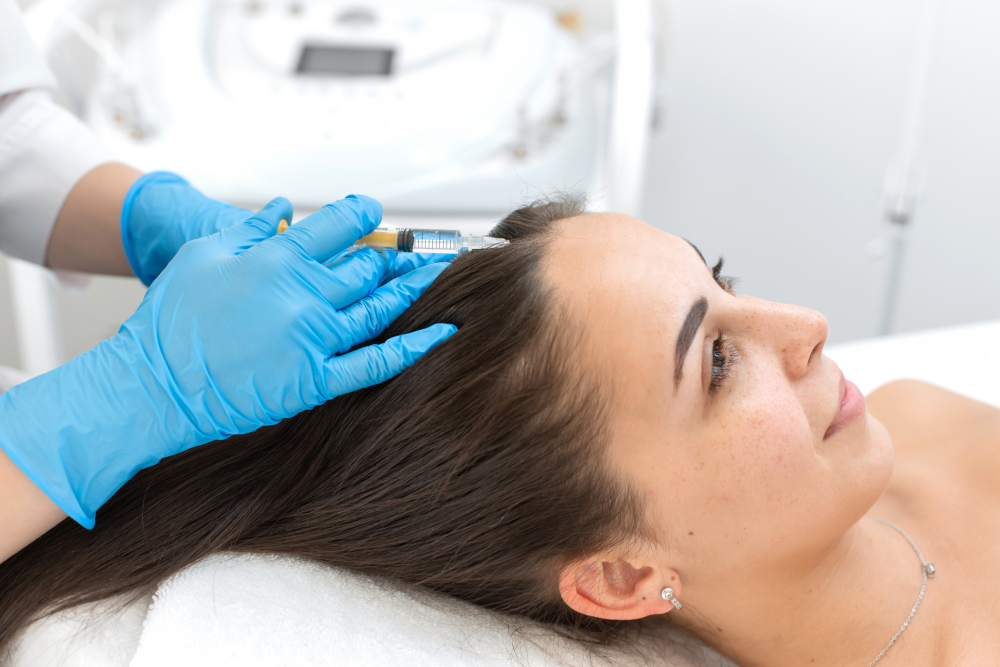 The rise of “subtle aesthetics” has brought a shift in how people approach beauty and wellness. It prioritizes treatments that enhance one’s natural features, offering understated improvements instead of dramatic alterations.
The rise of “subtle aesthetics” has brought a shift in how people approach beauty and wellness. It prioritizes treatments that enhance one’s natural features, offering understated improvements instead of dramatic alterations. 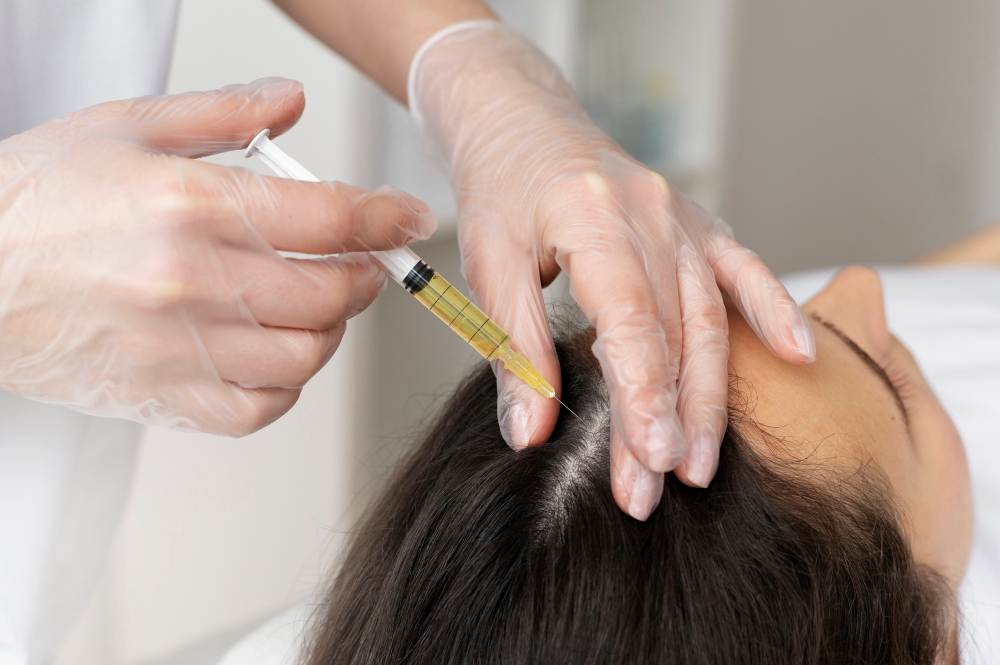 With the holidays just around the corner, it is time for a fresh and rejuvenated look. Non-invasive cosmetic treatments offer subtle yet impactful enhancements without the need for surgery or downtime.
With the holidays just around the corner, it is time for a fresh and rejuvenated look. Non-invasive cosmetic treatments offer subtle yet impactful enhancements without the need for surgery or downtime.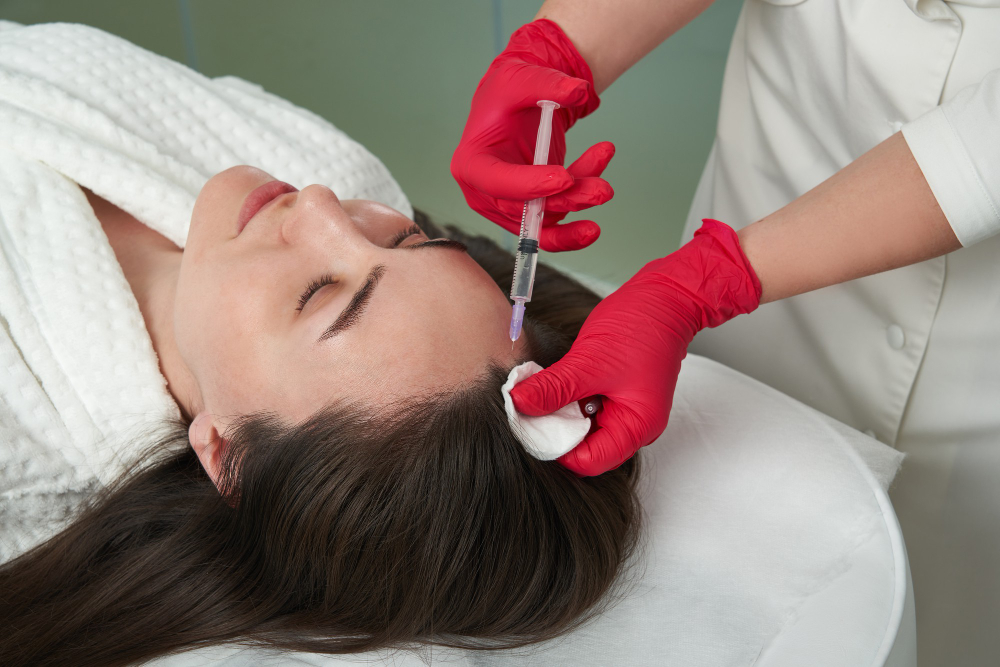
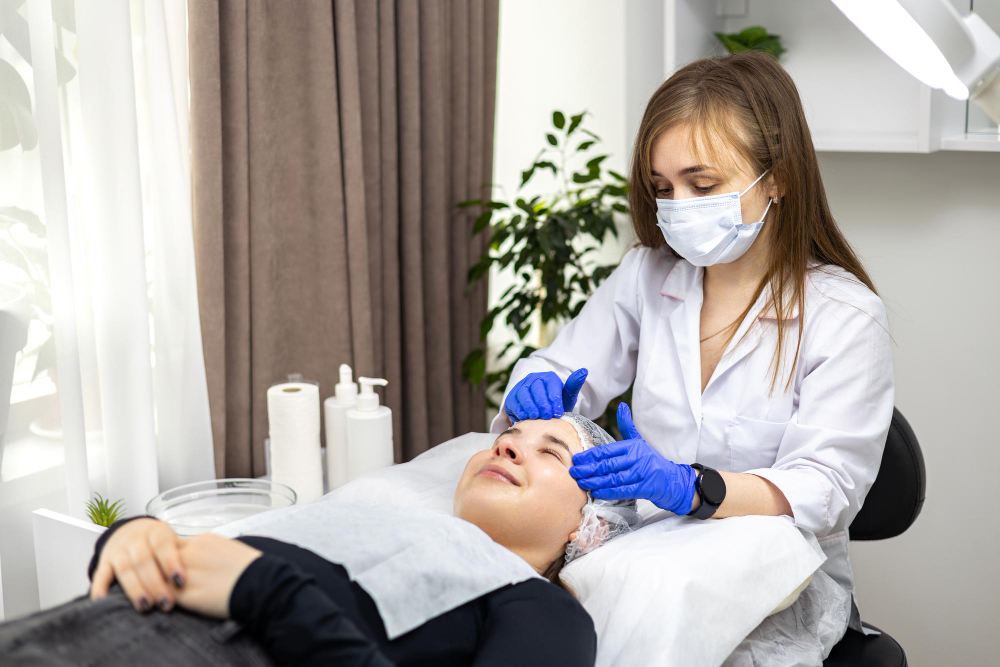 One of the significant trends in the beauty and wellness industry is that more younger adults are turning towards preventative and personalized aesthetic treatments.
One of the significant trends in the beauty and wellness industry is that more younger adults are turning towards preventative and personalized aesthetic treatments.